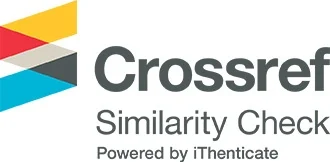Bioavailability of Oral Colon-Specific Ketoprofen Microcapsules
DOI:
https://doi.org/10.65137/lmj.v3i1.78Abstract
Oral, colon-specific drug delivery has attracted much interest recently. It is of considerable advantage to have an oral drug delivery system that could be targeted to the colon. This could be either for the local treatment of diseases such ulcerative colitis, irritable bowel syndrome and tumors, or to exploit the colon as a preferred region for systemic drug absorption, possibly as a site for polypeptides absorption. Delivery systems that rely on pH and/or time dependent mechanisms for drug release are less reliable in achieving consistent site-specific drug delivery to the colon. The successful delivery of prodrugs of 5- aminosalicylic acid is an evident of the potential of the bacterial flora. However, it has been less successful in the development of polysaccharide – based dosage forms or synthetic polymer coatings. This work was aimed at the development of ketoprofen microcapsules based on polysaccharide coating. The in-vitro release studies in simulated colonic media showed sensitivity of such dosage form to bacterial enzymes with subsequent increase in dissolution rate. The in -vivo profiles in dogs showed that the tested product exhibited a lag- time prior to commencement of drug absorption. The plasma profiles were not accompanied by a high initial plasma concentration associated with conventional dosage forms.









